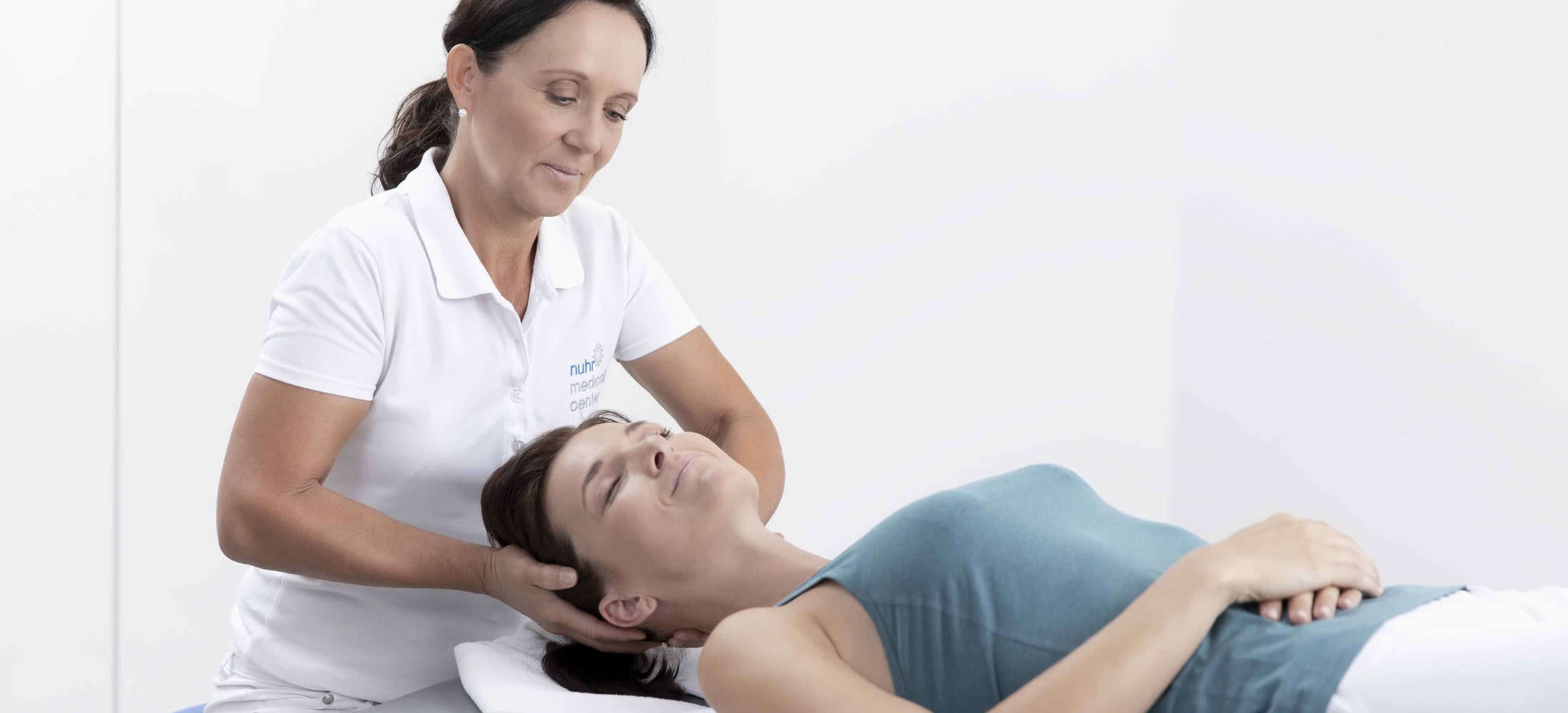
This treatment package was put together to help restore your health after surgical procedures, e.g. on the knee, hip, spine or shoulder, as well as after an accident and neurological disorders.
The price includes medical examinations and therapies. Contractual partners are the Austrian health insurance companies BVAEB, SVS-LW and SVS-GW, which partially cover the costs of the therapies. All other health insurance companies will reimburse the costs upon request. After the medical examination you will receive your individual offer.
from € 3.500,-
Therapeutic aftercare is just as important as surgery!
In physical therapy, a wide variety of exercises are learned with the support of the therapists for the slow reconstruction of the musculature.
The shoulder joint is one of the most complex joints in the human body. Through a wrong movement, it can quickly come to a shoulder injury.
To get back to the mobility of the shoulder girdle, physical therapy is often important.
Paralysis is the inability to operate single or multiple muscles, muscle groups or limbs voluntarily. In central paralysis, the focus of the disease is in the long nerve tracts or in the brain itself. Central paralysis is always spastic, i.e., the state of tension of the affected muscles is increased.
In peripheral paralysis, the nerve is either damaged or diseased in its course after exiting the spinal cord, or where it originates in the anterior horn of the spinal cord. In this case, the paralysis is always flaccid and there is no evidence of tension.